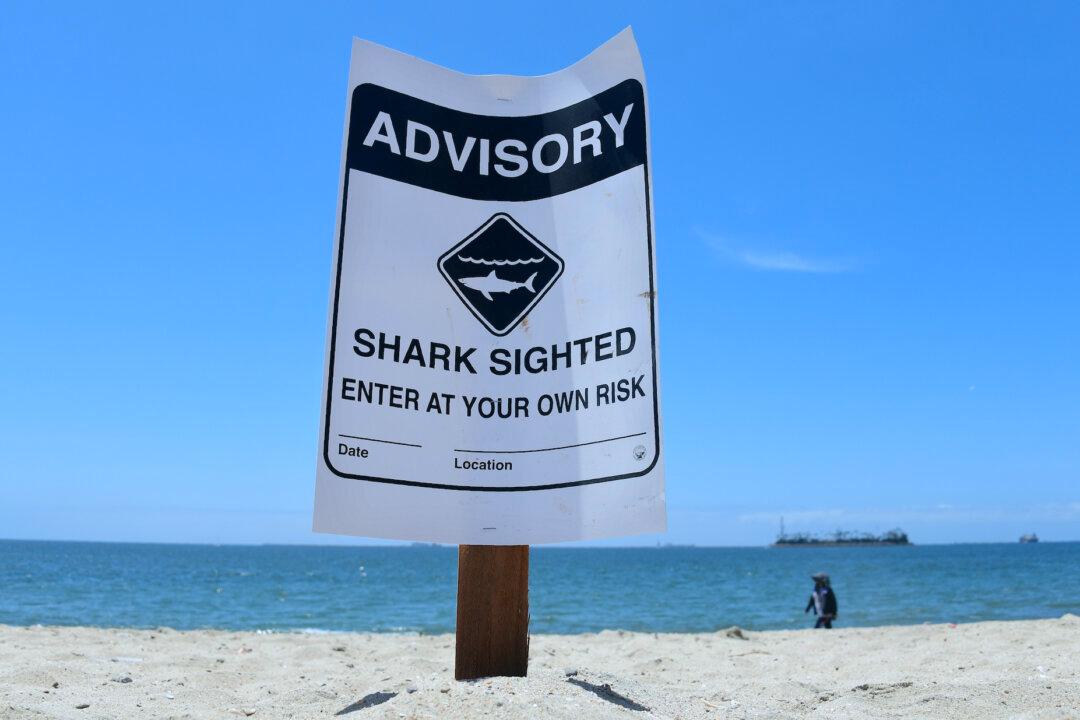Fishers in California can no longer use shark bait, lures, or chum—chopped-up fish parts used as bait—to attract white sharks within one mile of the shore because of a new law that Gov. Gavin Newsom signed in September.
The law prevents the illegal killing or capture of white sharks near shore, as well as luring them to shore for viewing purposes. It will go into effect on Jan. 1, 2023.




